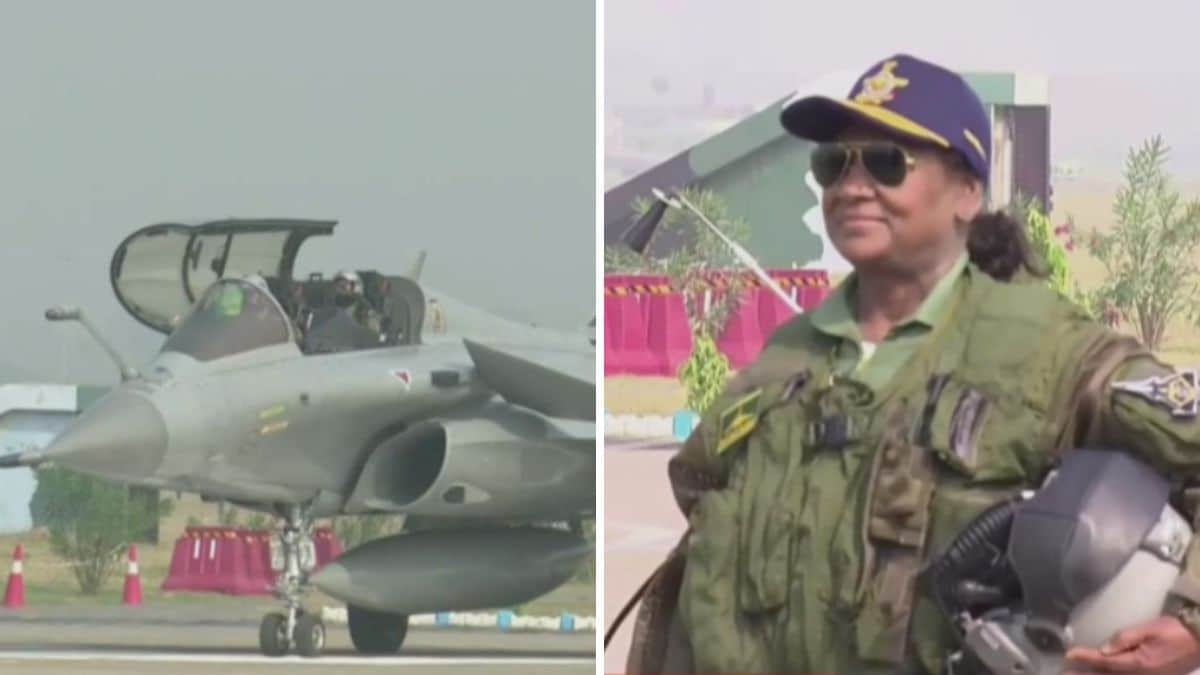A political storm is brewing in Andhra Pradesh over the State government’s decision to run 10 new government medical colleges under the public-private partnership (PPP) model.
YSR Congress Party (YSRCP) president and former Chief Minister Y.S. Jagan Mohan Reddy has launched a ‘one crore signature campaign’ to oppose the privatisation of medical colleges. The head of the State Congress, Y.S. Sharmila, has also spoken against it.
A PPP model in healthcare is not new. Protests are also underway in Maharashtra and Karnataka against a proposed PPP model for medical colleges. Critics feel such a model will dehumanise and desocialise medical education.
In Andhra Pradesh, amid opposition from public health experts and political leaders, the State government on September 9 issued a Government Order (GO) approving the establishment of four medical colleges — Adoni, Markapuram, Madanapalle, and Pulivendula — under the PPP model. These projects are to be awarded under an Annual Concession Fee model using a Design-Build-Finance-Operate-Transfer framework. Six more medical colleges will be developed under the PPP model later.
All the 10 colleges were part of a set of 17 new medical colleges announced by Mr. Reddy in 2020, together pegged at ₹8,480 crore, to decentralise healthcare services and improve public access. But by the time of the 2024 Assembly elections, only five colleges had become functional. The responsibility of completing the remaining fell on the shoulders of the Telugu Desam Party (TDP)-led National Democratic Alliance (NDA) government. Alleging that the previous YSRCP government spent only 18% of the total amount, the TDP-led NDA government, which is already cash-strapped, said the only way to give shape to these colleges is by developing them under a PPP model.
While governments may differ, the overwhelming consensus is that PPP is a gateway to privatisation. The Minister for Health, Family Welfare, and Medical Education, Satya Kumar Yadav, has clarified that the PPP model does not equate to privatisation, and that the land, seats, fee, and regulations will remain under government control under the PPP model. However, health activists have not bought into this argument.
According to official information from the Department, 50% of seats in these medical colleges, each offering 150 MBBS and 24 post graduation (PG) seats, will be under government control. Many believe that the fee for the other 50% of seats will skyrocket, making medical education inaccessible to many from the lower economic strata.
Amid the demand from Opposition parties and health activists for the withdrawal of the GO, it is pertinent to question whether the State, which has a total of 38 medical colleges, needs an additional 17. According to the National Medical Commission, 6,785 seats are offered in these colleges. In November 2024, in response to a question asked in the Lok Sabha, Union Minister for Health and Family Welfare, J.P. Nadda, said Andhra Pradesh has 1,05,805 allopathic doctors. The State also has the fourth highest number of doctors, after Maharashtra, Tamil Nadu, and Karnataka.
Recently, doctors from primary health centres held Statewide protests demanding that the quota allotted for them in PG courses be increased. After completing PG, they come back to work in the government sector as specialists. The State government has not made a decision regarding this demand, citing a lack of vacancies in specialist positions. Adding new colleges will not introduce additional posts for them.
In hospitals attached to these medical colleges, 70% of the 625 beds will be brought under Dr. NTR Vaidya Seva, a scheme under which people receive free treatment in government and private network hospitals. The remaining 30% will be governed by market rates. The ongoing strike called by private network hospitals on October 10, due to pending dues from the State government, indicates how this may work out. About 85% of the people in the State are Dr. NTR Vaidya Seva cardholders. Most of them have to postpone their treatments or visit government hospitals due to the strike.
This year, the government allocated ₹19,264.63 crore for the health sector. Instead of spending crores of rupees on new medical colleges, it should instead focus on fulfilling its promise of allocating 2.5% of the Gross State Domestic Product for healthcare.

 10 hours ago
4
10 hours ago
4









 English (US) ·
English (US) ·